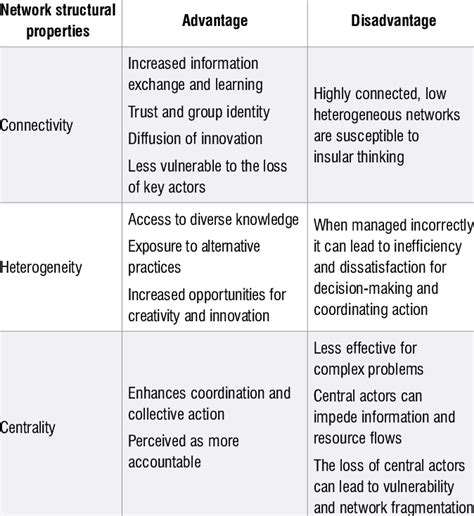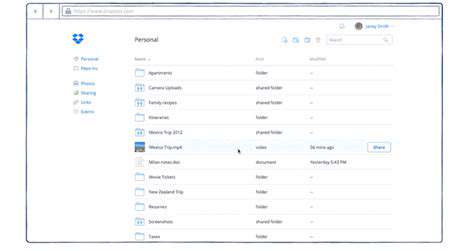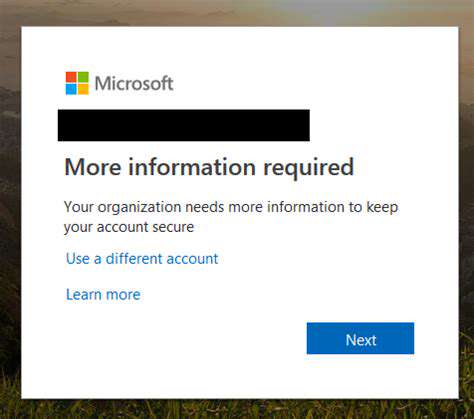How to Improve Your Gaming Performance on PC
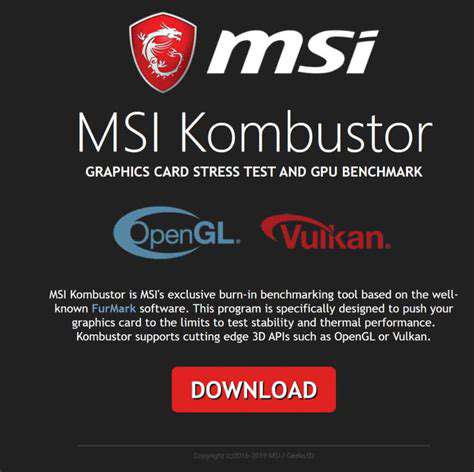
Managing Your System Resources Efficiently
Understanding Resource Consumption
Gaming demands significant system resources, including CPU, GPU, RAM, and storage. Understanding how each component contributes to your overall performance is crucial for optimization. High CPU usage during gameplay often translates to lag and stuttering, while insufficient RAM can lead to frequent page swapping, impacting frame rates. Similarly, a slow hard drive can create noticeable delays when loading assets or accessing game files, affecting the overall experience. Recognizing these patterns allows you to pinpoint bottlenecks and implement targeted solutions.
A key aspect of resource management is awareness. Monitoring your system's resource utilization in real-time provides valuable insights. Dedicated software and performance monitoring tools offer dashboards that visually display CPU, GPU, and memory usage. This real-time feedback helps you identify peak loads and resource-intensive processes, enabling you to fine-tune your system settings for optimal performance.
Optimizing Hardware Configuration
A well-configured system is the foundation for efficient resource management. Upgrading to a faster processor, a more powerful graphics card, or increasing RAM capacity can dramatically improve your gaming experience. These upgrades directly address the limitations of your current hardware, allowing for smoother gameplay and higher frame rates. Choosing components optimized for gaming is essential, as specific hardware configurations can significantly impact performance.
Beyond hardware upgrades, consider your system's overall architecture. Ensure that your components are compatible and that your cooling system is sufficient to handle the increased thermal load. Overheating can severely impact performance, so maintaining adequate airflow within your PC case is crucial. A well-maintained system with optimized airflow ensures your hardware operates at peak efficiency.
Properly allocating storage space is another aspect of optimization. Moving frequently accessed game files to a faster SSD can dramatically reduce loading times. This can significantly impact your gaming experience. Utilizing a solid-state drive (SSD) for your operating system and frequently used applications can also provide a noticeable boost in overall system responsiveness and reduce loading times.
Software and Game Settings Adjustments
Software applications can also impact your system's performance. Unnecessary background processes can consume valuable resources. Closing unnecessary programs and disabling startup applications can free up system resources, leading to improved performance. Regularly updating drivers for your graphics card and other hardware components is vital for ensuring optimal compatibility and stability.
Adjusting in-game settings can also significantly affect resource consumption. Lowering resolution, reducing graphical effects, and limiting frame rates can reduce the load on your hardware, leading to smoother gameplay, especially on older or less powerful systems. Experimenting with these settings in-game allows you to find a balance between visual quality and performance.
Additionally, consider using tools designed to optimize your gaming experience. These tools can provide specific recommendations for adjusting settings within the game. This can help you achieve the best possible balance between visual appeal and system performance.
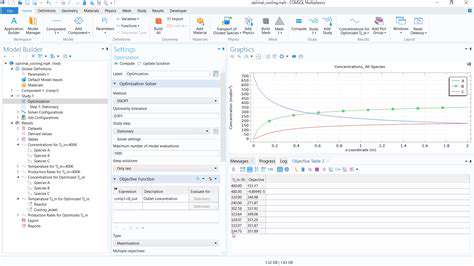
Keeping Your System Updated
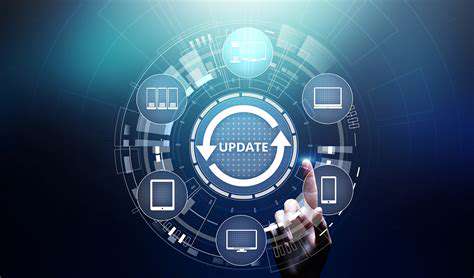
Regular Updates for Optimal Performance
Keeping your system updated is crucial for maintaining optimal performance and security. Regular updates often include bug fixes, performance enhancements, and critical security patches that protect your system from vulnerabilities. Ignoring updates can leave your system susceptible to malware and other threats, potentially compromising your data and privacy.
By staying up-to-date, you're ensuring that your system is running smoothly and efficiently, with the latest features and improvements.
Security Enhancements Through Updates
Software updates frequently incorporate critical security patches that address vulnerabilities. These vulnerabilities, if left unpatched, can be exploited by malicious actors, potentially leading to data breaches or system compromise. Staying current with updates is a proactive measure to safeguard your system from these threats.
Improved Stability and Reliability
Regular updates often include fixes for bugs and glitches that can cause instability or unexpected behavior in your system. These fixes contribute to a more stable and reliable experience, reducing unexpected crashes and errors. Updates address underlying issues, leading to a smoother and more consistent operation.
New Features and Functionality
Software updates regularly introduce new features and enhancements. These new capabilities can expand the functionality of your system, allowing you to do more with it and improve your workflow. Updates often integrate improvements that make tasks easier and more efficient. This continuous evolution is crucial for maintaining a cutting-edge and useful system.
Compatibility with New Hardware and Software
Updates are essential for maintaining compatibility with newer hardware and software. Failure to update can result in issues with integration and functionality, as older systems may not be designed to interact with the latest technologies. Proper compatibility is crucial for seamless operation and avoiding conflicts.
Reduced System Errors and Crashes
Updates often address underlying issues that cause system errors and crashes. Addressing these fundamental issues leads to a more reliable and stable system. By proactively updating your software, you significantly reduce the potential for unexpected disruptions, leading to a more consistent and user-friendly experience.
Minimizing Potential Future Problems
Proactive updating helps minimize the potential for future problems. Staying ahead of potential issues through regular updates ensures a smoother and more reliable experience. This preventative approach saves time and resources in the long run, avoiding potential costly repairs or replacements.
Read more about How to Improve Your Gaming Performance on PC
Hot Recommendations
- Review: The New [Specific Brand] Smart Lock Is It Secure?
- Best Budget Studio Monitors for Music Production
- Top Flight Simulation Peripherals (Joysticks, Throttles, etc.)
- Top Portable Scanners for Document Management On the Go
- Reviewing the Latest Smart Air Purifiers for Your Home
- Best Portable Photo Printers for Travelers and Memory Keepers
- The Future of Personal Transportation Beyond Cars (Hyperloop, eVTOL)
- Top Network Monitoring Tools [Free & Paid Options]
- Understanding the Tech Behind mRNA Vaccines [A Look Inside]
- Guide to Choosing the Right Gaming Chair for Ergonomics




![How to Enhance Your Photos with [Editing App] Filters](/static/images/25/2025-05/BeyondtheBasics3ACreativeFilterCombinations.jpg)
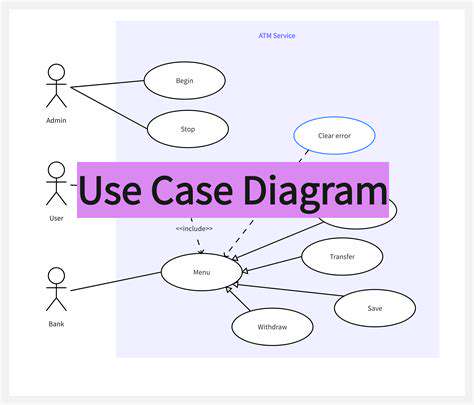

![How to Build a Simple Chrome Extension [Step by Step Tutorial]](/static/images/25/2025-06/DevelopingtheUserInterface28UI293ACreatingthePopup.jpg)
